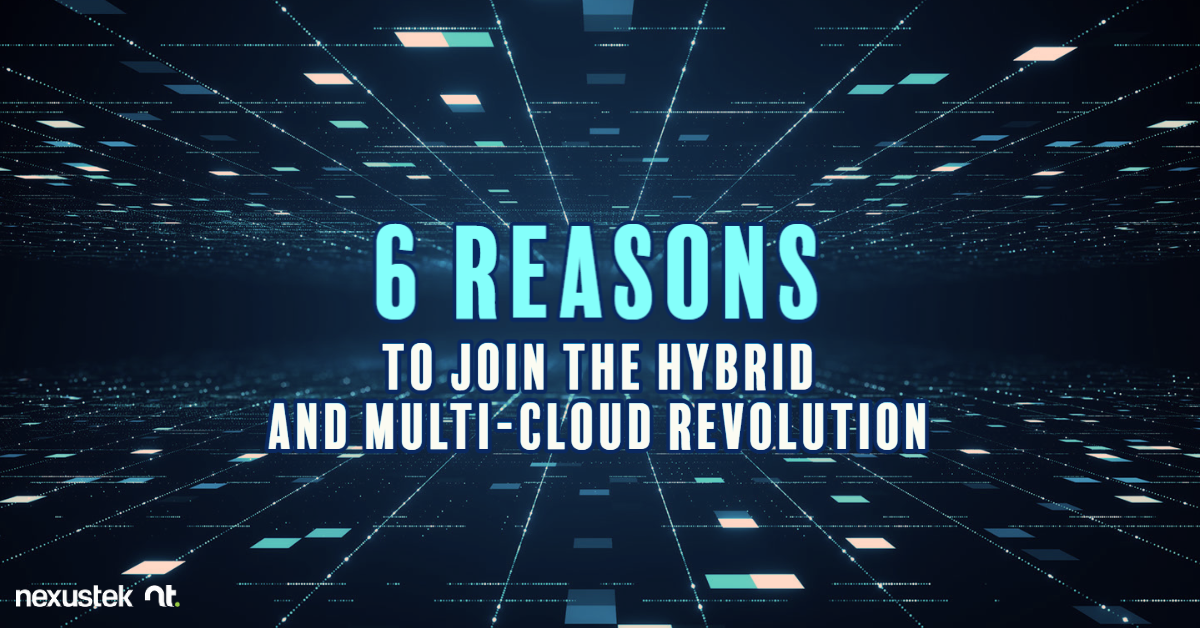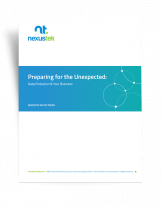READ TIME: 4 MIN

6 Reasons to Join the Hybrid & Multi-Cloud Revolution
According to the Merriam-Webster Dictionary, “revolution” is defined as “a sudden, radical, or complete change,” or “a fundamental change in the way of thinking about” or using something, which can include widespread changes in usage of and preferences for technologies1. Cloud computing—including hybrid and multi-cloud models—represents a major change in the way businesses think about their IT infrastructure, as well as how they harness it to get the job done. It is unquestionably a revolution!
Still, you might wonder whether joining this revolution is the right move for your business. And if so, you’re in plentiful company. Although most small and medium-sized businesses (SMBs) have dipped their toe in the water of the cloud computing revolution, using software-as-a-service (SaaS) applications here and there, a full 63% of small and medium-sized businesses (SMBs) still rely heavily on on-premises servers for their computing needs2.
Why adopt hybrid or multi-cloud computing? Here are six compelling reasons:
1. Accessibility
One of the most revolutionary aspects of cloud computing is that it enables organizations to access their IT resources from anywhere with an internet connection. This means that employees can work remotely or from different locations without the need for a physical office or traditional network infrastructure. For many employees, the days of commuting to the office every day in rush hour traffic are over—talk about a revolution!
2. Continuity & Disaster-Proofing
Cloud computing can also improve availability because cloud providers typically have redundant systems in place to ensure that services are always available. You can also integrate data backup and recovery solutions that ensure that your data are regularly backed up and retrievable in the event of disaster. Maintaining infrastructure redundancy and off-network backups in a traditional on-premises IT environment is much more costly and time-consuming in comparison.
3. Easy Scalability
Cloud computing allows businesses to quickly and easily scale their IT resources up or down based on their needs. This makes it simple and convenient for companies to adjust their computing resources to match their workload. With on-premises IT, businesses have to purchase, install, and manage additional hardware when their resource demands increase. This can be challenging to accomplish quickly, which is why more and more businesses are taking advantage of cloud computing for workloads that are prone to rapid usage changes, such as order processing systems.
4. Cost Savings
Cloud computing can be more cost-effective than traditional on-premises infrastructure because it eliminates the need for businesses to purchase and maintain their own hardware. With on-premises hardware, companies need to pay additional costs associated with IT support staffing, repairs, and energy consumption. When you contract with a cloud provider, they handle all of the housing, upkeep, repairs, and other overhead. Your business pays a fee for this service, but cloud providers can take advantage of economies of scale, passing along lower costs to customers. Overall, migrating to the cloud can reduce your total cost of ownership by 30-40%3.
5. Hybrid Cloud Flexibility
While the above benefits can be experienced with cloud computing more broadly, there are unique benefits to hybrid and multi-cloud models. Hybrid cloud computing allows your business to choose which workloads to keep on-premises and which to migrate to the cloud. This flexibility allows you to design a unique infrastructure around your business’ specific needs. Say, for example, you have a legacy ERP that needs to be hosted onsite, but you’d like to host customer service and ordering software in the cloud. You can do that! With a hybrid cloud model, you get the best of both worlds.
6. Multi-Cloud Flexibility
With a multi-cloud model (and yes, you can set up a hybrid, multi-cloud infrastructure), you have the flexibility to use public cloud services from multiple providers, which means that you don’t get “locked in” with a single public cloud provider. Your business can use marketing software hosted by one cloud provider, but use a CRM hosted by another provider. The big perk here is that you can choose which cloud-hosted software solutions are the best fit for your business, without being limited to one single public cloud provider.
The hybrid and multi-cloud approach has gained popularity in recent years as organizations look for ways to optimize their IT infrastructure and take advantage of the benefits offered by different cloud providers. When you compare cloud computing with the traditional onsite computing models of yesteryear, it’s clear that hybrid and multi-cloud computing are truly revolutionary!
NexusTek offers a range of cloud hosting services, including the highly popular hybrid and multi-cloud models, with public and private cloud solutions to suit your business’ specific needs.
Thinking about joining the hybrid and multi-cloud revolution? Talk with one of our cloud experts today!
- Merriam-Webster. (2023). Revolution. https://www.merriam-webster.com/dictionary/revolution
- (2021, June 25). Research: SMB IT stack decisions based on fulfilling business needs. https://www.techrepublic.com/resource-library/research/research-smb-it-stack-decisions-based-on-fulfilling-business-needs/
- (2021, August 25). Small business cloud adoption in 2021. https://www.impactmybiz.com/blog/infographic-small-business-cloud-adoption/






